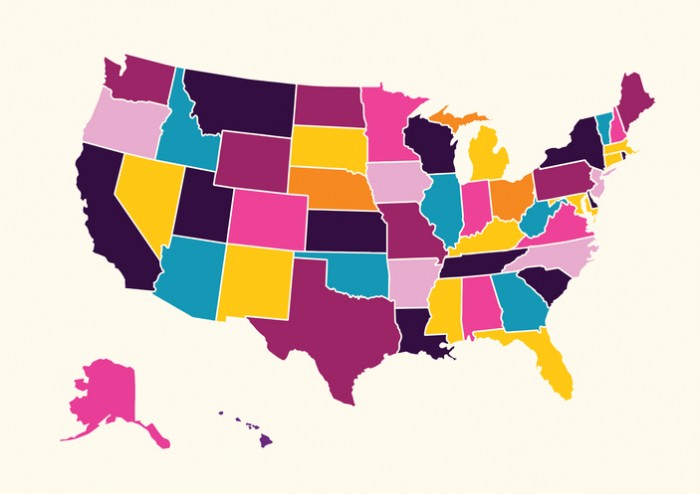Regional Differences Seen in High-Deductible Health Plan Volume
New data finds that regional differences were apparent in high-deductible health plan offerings and market prevalence.

Source: Thinkstock
- Regional differences in high-deductible health plan (HDHP) volume and other health plan offerings may help employers adjust insurance offerings in ways that are more valuable to their employees, according to a new report from Benefitfocus.
The State of Employee Benefits 2018 – Regional Edition report found that Southern and Western regions in the US increased the availability of HDHP offerings over Northeastern and Midwestern regions.
Since 2016, employers in the South have increased HDHP offerings by 78 percent and employers in the West have increased HDHP plan offerings by 76 percent.
The Midwest and Northeast reported the highest participation in HDHPs, even though offerings increased in other regions.
Midwestern employers found that 38 percent of employees enrolled in an HDHP and Northeastern employers saw HDHP enrollment of 37 percent. Both the Southern and Western employers enrolled 31 percent of employees into an HDHP.
Employers may be able to rely on regional trends in employer-sponsored insurance offerings to understand the most valuable health plan types for members. Regional data may also help employers understand financial challenges for their employees.
“In today's competitive employment environment, where satisfying consumer preferences is key, attractive benefits can make the difference between whether a prospective employee accepts a job offer or not,” said Benefitfocus CEO Ray August in a press release.
“This regional data helps employers understand how they stack up against others in their area, and how brokers can advise their clients on which benefit offerings and elections are trending so they can be more competitive.”
Nationally, PPO plans remained the most popular health plan option for members compared to HDHPs and HMOs. Forty-eight percent of employees nationwide enrolled in a PPO.
The Midwest experienced the highest PPO enrollment with 45 percent of employees enrolled in a PPO. Northeastern employers followed with the second highest PPO enrollment of 38 percent.
Employers found that HMO enrollment declined with low participation rates. Western employers experienced the highest HMO enrollment with 15 percent of employees selecting the plans. No other region eclipsed 6 percent enrollment.
Employees in the Northeast pay a higher share of their premiums than in other regions, indicating a large regional disparity in fiscal responsibility.
Northeastern employees pay annual premiums of $1692 for a PPO plan and $1237 for an HDHP covering one person. Northeastern employers in turn cover $4906 of annual PPO costs and $4919 of annual HDHP costs.
However, employees in the South are likely to have the highest personal financial responsibility in the country when accounting for both their average annual premium and deductible amounts, the report found.
The South experienced the second highest premium costs for both HMOs and PPO. An employee in the South pays an annual single-person premium of $1553 for a PPO plan. Southern employees pay an average of $1129 annually for HDHP premiums. These employees had deductibles of $1300 for a PPO and $2416 for an HDHP.
The West also experienced significant deductible gaps between PPO and HDHP offerings. Employees in the West had deductibles of $814 for PPO plans and $2226 for HDHPs.
Contributions from both employers and employees to health savings accounts (HSAs) were most prominent in the West and Midwest, the report said.
In the West, employees paid an average of $1490 annually to their HSAs and employers contributed $750. Midwestern employers contributed an average of $572 annually to HSAs and their employees contributed $1485
The South provides the largest selection of voluntary benefits such as accident, critical illness, or hospital indemnity insurance. Employees across the nation are rarely offered at least one of these benefits, but employers in the South tend to provide supplemental benefits for their employees.
Forty-six percent of Southern employers offer at least one voluntary benefit and 16 percent offer all three to insurers. By comparison, 63 percent of employers in the West and 61 percent of employers in the Midwest offer no voluntary benefits.
Regional insights may help employers identify the gaps in value of their health plans. Employers could capitalize on these gaps by redesigning health plan offerings, financial contributions, and additional benefits to fill these gaps in value.
In addition, national trends in employer-sponsored insurance indicate that more employees are looking to enroll in HDHPs. Employers could employ HDHP member engagement strategies in regions like the Midwest and North where employees are actively enrolling in HDHPs.
